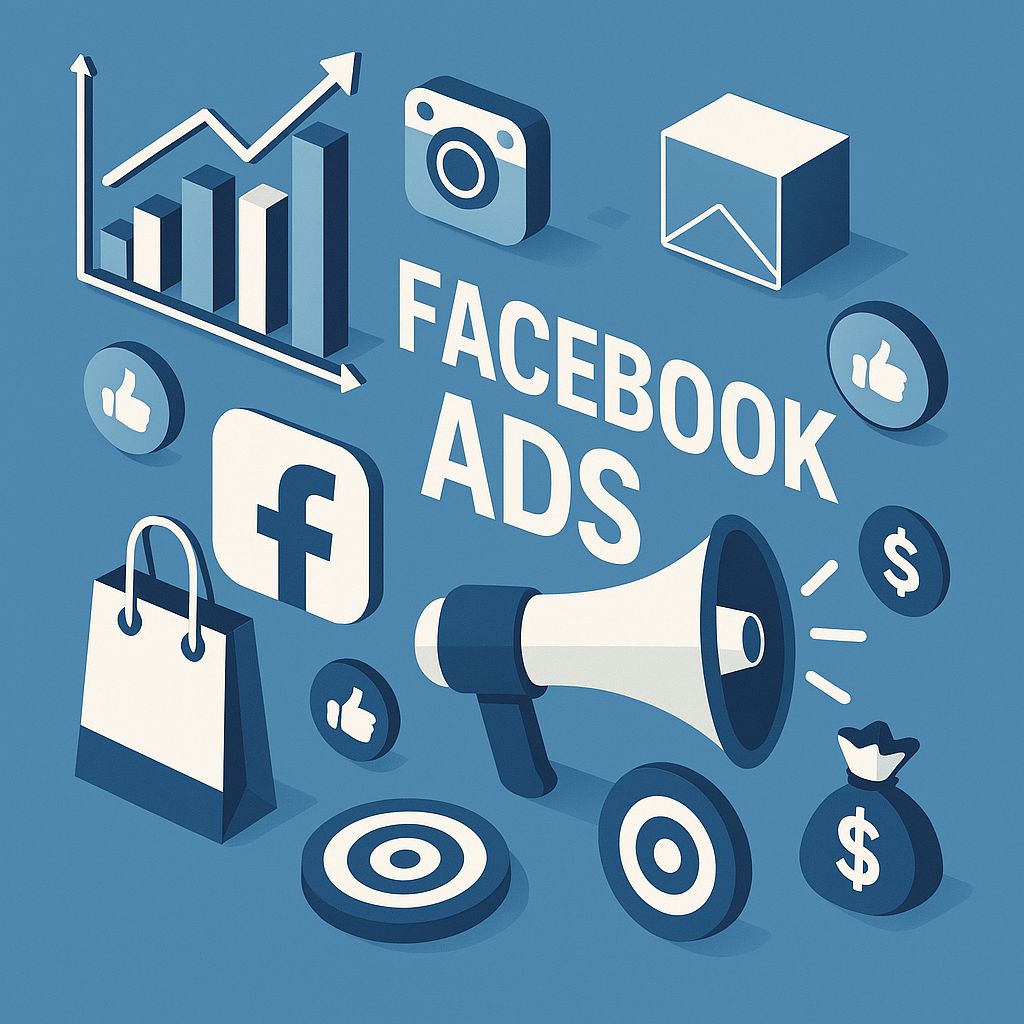The Benefits of Combining Google Ads and SEO
Understanding Google Ads and SEO: A Quick Overview
In the world of digital marketing, Google Ads and SEO are two powerhouse strategies that drive traffic, visibility, and conversions. Google Ads, a paid advertising platform, allows businesses to bid on keywords and display ads at the top of search engine results pages (SERPs). These ads are highly targeted, enabling businesses to reach specific audiences based on demographics, interests, and search intent. The primary advantage of Google Ads is its ability to deliver immediate results, making it ideal for campaigns that require quick visibility and lead generation.
On the other hand, SEO (Search Engine Optimization) focuses on optimizing a website’s content, structure, and technical elements to rank organically in search results. Unlike Google Ads, SEO is a long-term strategy that builds authority and trust over time. It involves keyword research, content creation, backlink building, and technical optimizations to improve a website’s relevance and usability for both users and search engines. While SEO takes time to show results, it offers sustainable benefits by driving consistent, high-quality traffic without ongoing ad spend.
Both strategies have unique strengths, but when combined, they create a powerful synergy that can amplify a business’s online presence and maximize ROI.
Why Combining Google Ads and SEO is a Winning Strategy
Google Ads and SEO are often viewed as separate entities, but integrating them can unlock unparalleled opportunities for businesses. The synergy between these two strategies lies in their ability to complement each other’s strengths. Google Ads provides instant visibility, allowing businesses to appear at the top of SERPs for targeted keywords. Meanwhile, SEO builds a foundation for long-term organic growth, ensuring that a business remains visible even after ad campaigns end.
By combining Google Ads and SEO, businesses can dominate both paid and organic search results. This dual presence increases the likelihood of capturing clicks from users who may prefer organic listings or paid ads based on their search behavior. Additionally, the data generated from Google Ads campaigns—such as keyword performance, audience insights, and conversion rates—can inform SEO strategies, making them more effective. Similarly, SEO analytics can help refine ad targeting, ensuring that paid campaigns are optimized for maximum impact.
Ultimately, integrating Google Ads and SEO creates a holistic approach to search engine marketing, allowing businesses to achieve both short-term wins and long-term success.
Boosting Brand Visibility with Dual Strategies
One of the most significant benefits of combining Google Ads and SEO is the ability to dominate search results and boost brand visibility. When a business appears in both paid and organic listings for the same keyword, it creates a sense of authority and trustworthiness. Users are more likely to engage with a brand that consistently appears in search results, as it signals relevance and credibility.
For example, imagine a user searching for “best running shoes.” If a brand’s Google Ad appears at the top of the page, followed by its organic listing in the first position, the user is more likely to click on one of the links. This dual presence not only increases click-through rates (CTR) but also reinforces brand recognition, making the business more memorable to potential customers.
Moreover, combining Google Ads and SEO allows businesses to target different stages of the customer journey. Paid ads can focus on high-intent keywords to drive immediate conversions, while organic content can address informational queries to nurture leads over time. Together, these strategies ensure comprehensive coverage across the search landscape, maximizing brand exposure and engagement.
Enhanced Keyword Insights for Better Campaigns
Keywords are the backbone of both Google Ads and SEO, and integrating these strategies provides a wealth of data that can be used to refine campaigns. By analyzing keyword performance in Google Ads, businesses can identify high-performing terms that drive clicks and conversions. These insights can then be applied to SEO efforts, ensuring that organic content targets the most valuable keywords.
Using Google Ads Data to Identify High-Performing Keywords
Google Ads offers detailed metrics on keyword performance, including impressions, CTR, and conversion rates. For instance, if a specific keyword consistently generates high-quality leads through paid campaigns, it’s a strong candidate for SEO optimization. Businesses can create blog posts, landing pages, or product descriptions around these keywords to capture organic traffic.
Additionally, Google Ads data can reveal seasonal trends and emerging search patterns. For example, if searches for “holiday gift ideas” spike in November, businesses can use this insight to create timely SEO content that aligns with user intent. This data-driven approach ensures that both paid and organic strategies are aligned with audience behavior.
Leveraging SEO Analytics to Optimize Google Ads Campaigns
SEO tools like Google Search Console and SEMrush provide valuable insights into organic keyword rankings, user behavior, and content performance. By analyzing this data, businesses can identify gaps in their Google Ads campaigns. For example, if a keyword ranks well organically but has low CTR in paid ads, it may indicate a need to refine ad copy or targeting.
SEO analytics can also help reduce ad spend by identifying keywords that perform well organically. Businesses can prioritize these terms in their SEO strategy, gradually reducing reliance on paid ads for traffic. This integration ensures that both strategies work together to achieve cost-effective results.
Faster Results with Google Ads, Long-Term Gains with SEO
One of the key advantages of combining Google Ads and SEO is the balance between short-term and long-term goals. Google Ads delivers immediate results, allowing businesses to generate traffic and leads within hours of launching a campaign. This is particularly beneficial for new businesses or time-sensitive promotions.
In contrast, SEO is a long-term strategy that builds sustainable growth over time. While it may take months to achieve high rankings, the benefits are enduring. Once a website ranks well for targeted keywords, it can drive consistent traffic without ongoing ad spend.
By integrating these strategies, businesses can enjoy the best of both worlds. Google Ads provides the initial boost needed to gain visibility, while SEO ensures that the momentum continues long after the ads are paused. Together, they create a balanced approach to search engine marketing that supports both immediate and future goals.
Cost Efficiency: Reducing Ad Spend with SEO
A strong SEO strategy can significantly reduce reliance on paid ads, lowering overall marketing costs. As a website gains authority and ranks organically for high-value keywords, businesses can scale back their Google Ads campaigns without sacrificing visibility. This cost-efficient approach allows businesses to allocate their budget to other areas, such as content creation or social media marketing.
For example, a business that ranks organically for “best coffee makers” may no longer need to bid on this keyword in Google Ads. Instead, it can focus its ad budget on new or competitive keywords that require paid support. Over time, this shift reduces ad spend while maintaining a strong presence in search results.
Improving Click-Through Rates (CTR) and Conversion Rates
Combining Google Ads and SEO can lead to higher CTRs and better conversion rates by aligning messaging across paid and organic channels. When users see consistent branding, tone, and value propositions in both ads and organic listings, they are more likely to trust the business and take action.
For instance, if a Google Ad promotes a “50% off sale” and the organic listing reinforces this offer with additional details, users are more likely to click and convert. This alignment ensures a seamless user experience, increasing the likelihood of engagement and sales.
Case Studies: Success Stories of Businesses Using Both Strategies
Many businesses have successfully integrated Google Ads and SEO to achieve remarkable results. For example, a local bakery used Google Ads to target high-intent keywords like “order birthday cakes online” while optimizing its website for organic searches related to “best bakery near me.” This dual strategy increased both immediate sales and long-term traffic, resulting in a 40% boost in overall revenue.
Another example is an e-commerce brand that used Google Ads data to identify high-performing keywords for its SEO strategy. By creating blog content around these terms, the brand improved its organic rankings and reduced its ad spend by 30% over six months.
Actionable Tips for Combining Google Ads and SEO
Tools to Integrate Google Ads and SEO Efforts
Several tools can streamline the integration of Google Ads and SEO campaigns. Google Analytics and Google Search Console provide insights into user behavior and keyword performance, while platforms like SEMrush and Ahrefs offer advanced analytics for both paid and organic strategies. Additionally, tools like Optmyzr can help optimize ad campaigns based on SEO data.
Best Practices for Aligning Paid and Organic Strategies
- Conduct Unified Keyword Research : Use Google Ads data to inform SEO keyword targeting and vice versa.
- Align Messaging : Ensure consistency in ad copy and organic content to reinforce branding.
- Monitor Performance : Regularly analyze metrics from both strategies to identify opportunities for improvement.
- Test and Refine : Use A/B testing in Google Ads and SEO experiments to optimize campaigns.
- Leverage Retargeting : Use Google Ads to retarget users who visited your site through organic search.
Final Thoughts: Why Integration is Key to Digital Marketing Success
Combining Google Ads and SEO is no longer optional—it’s essential for businesses looking to thrive in today’s competitive digital landscape. By leveraging the strengths of both strategies, businesses can achieve immediate visibility, sustainable growth, and cost-efficient results. Integration is the key to maximizing ROI and staying ahead in the ever-evolving world of search engine marketing.
Featured Resources
Check Our Latest Resources




